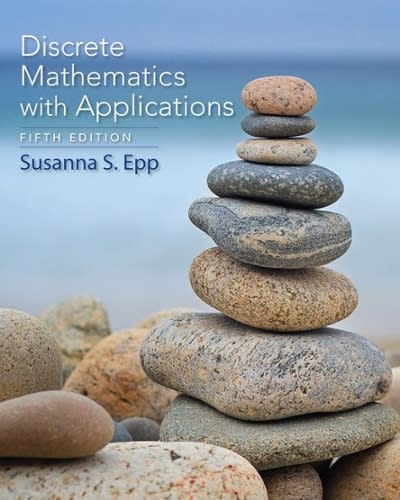

Contracting a Bug Do balanced individuals get less colds? An examination on the Narrative of Advanced education was directed by researchers at Carnegie Mellon College, the College of Pittsburgh, and the College of Virginia. They found that individuals who have a couple of social outlets get a greater number of colds than the individuals who are engaged with an assortment of social activities.16 Assume that of the 276 solid people tried, 17 = 105 were occupied with at least six exercises. At the point when these individuals were presented to a cool infection, the accompanying outcomes were noticed:
Hardly any Friendly Outlets Numerous Social 0
Test Size Percent with Colds
96 105 62% 35%
a. Build a 99% certainty stretch for the distinction in the two populace extents. b. Does there give off an impression of being a distinction in the populace extents for the two gatherings? c. You may feel that coming into contact with more individuals would prompt more colds, yet the information show the contrary impact. How might you clarify this unforeseen finding?
Runners and Cyclists Chronic anterior compartment syndrome is a condition characterized by exercise-induced pain in the lower leg. Swelling and impaired nerve and muscle function also accompany this pain, which is relieved by rest. Susan Beckham and colleagues conducted an experiment involving 10 healthy runners and 10 healthy cyclists to determine whether there are significant differences in pressure measurements within the anterior muscle compartment for runners and cyclists.7 The data summary-compartment pressure in millimeters of mercury (Hg)-is as follows: Runners Cyclists Standard Standard Condition Mean Deviation Mean Deviation Rest 14.5 3.92 11.1 3.98 80% maximal 02 consumption 12.2 3.49 11.5 4.95 Maximal 02 consumption 19.1 16.9 12.2 4.47 a. Test for a significant difference in the average compartment pressure between runners and cyclists under the resting condition. Use a = .05. b. Construct a 95% confidence interval estimate of the difference in means for runners and cyclists under the condition of exercising at 80% of maximal oxygen consumption. c. To test for a significant difference in the average compartment pressures at maximal oxygen consumption, should you use the pooled or unpooled t-test? Explain.Disinfectants An experiment published in The American Biology Teacher studied the efficacy of using 95% ethanol or 20% bleach as a disinfectant in removing bacterial and fungal contamination when culturing plant tissues. The experiment was repeated 15 times with each disinfectant, using eggplant as the plant tissue being cultured. 8 Five cuttings per plant were placed on a petri dish for each disinfectant and stored at 25'C for 4 weeks. The observation reported was the number of uncontaminated eggplant cuttings after the 4-week storage. Disinfectant 95% Ethanol 20% Bleach Mean 3.73 4.80 Variance 2.78095 . 17143 n 15 15 Pooled variance 1.47619 a. Are you willing to assume that the underlying variances are equal? b. Using the information from part a, are you willing to conclude that there is a significant difference in the mean numbers of uncontaminated eggplants for the two disinfectants tested?Titanium A geologist collected 20 different ore samples, all of the same weight, and randomly divided them into two groups. The titanium contents of the samples, found using two different methods, are listed in the table: Method 1 Method 2 011 013 013 015 .014 011 .016 013 .012 015 013 010 013 011 .012 .012 .017 013 014 015 a. Use an appropriate method to test for a significant difference in the average titanium contents using the two different methods. b. Determine a 95% confidence interval estimate for (M1 - M2). Does your interval estimate substantiate your conclusion in part a? Explain











